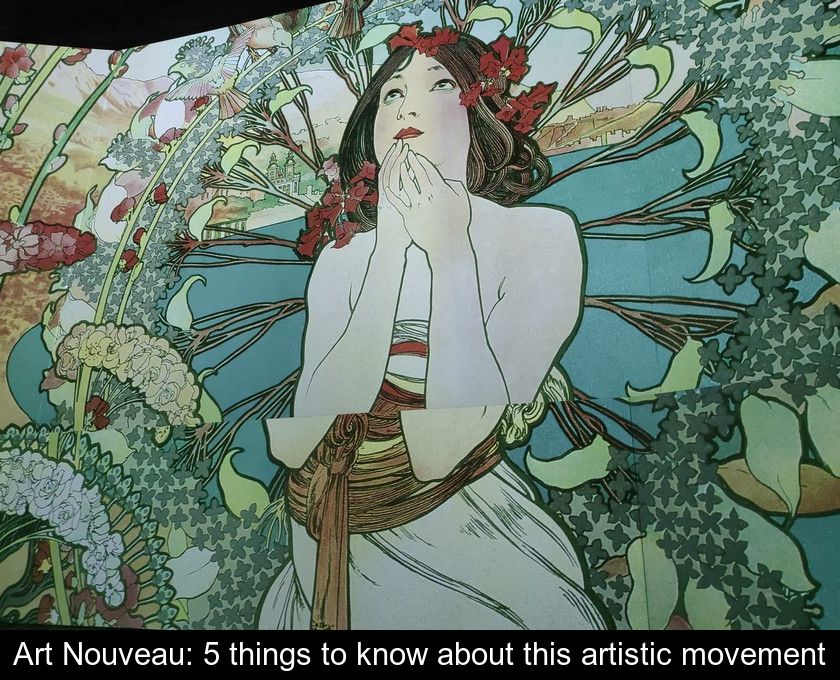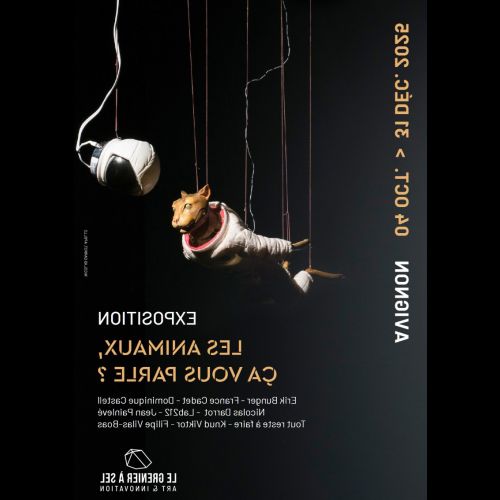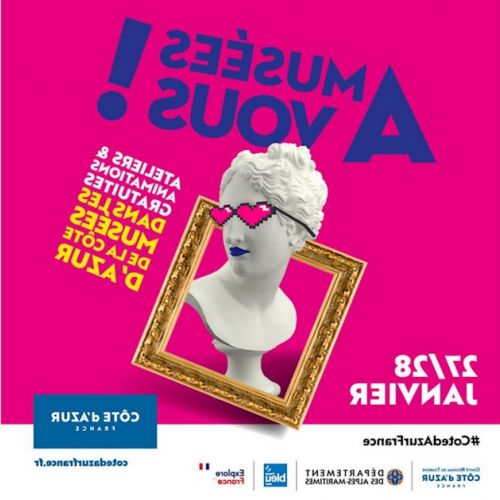Art Nouveau: 5 Things To Know About This Artistic Movement
Art Nouveau is an artistic movement that emerged at the end of the 19th century in Belgium and France. In this period, also known as the Belle Époque, technological innovations and advertising developed and contributed to the emergence of this decorative style in various fields. Here are 5 things to know about the Art Nouveau style.
1- It is emblematic of the Belle Époque.
Art Nouveau emerged in Belgium and France at the end of the 19th century as a reaction against the dominant historical and academic style of the time. This artistic style, which spread to the United States, is symbolic of the Belle Époque, the period of relative prosperity preceding World War I.
In just a few years, this style, which aimed to break away from established artistic conventions, spread throughout Europe and across the Atlantic. It also influenced all visual arts: painting, sculpture, graphic arts, as well as architecture and decorative arts.
The turn of the 20th century was marked by technical innovations, the development of advertising, and an increase in consumption. It is within this context that this artistic style developed over a relatively short period of about twenty years, between 1885 and 1905.
2- It is inspired by nature.
Even though Art Nouveau is situated in a historical context of modernization and industrialization, with the invention of electric lighting, automobiles, and aviation, it draws its inspiration from nature. The artists of the Belle Époque use contemporary materials such as glass, cast iron, and iron, but pay homage to nature rather than the modernity of cities.
This decorative style is recognizable by its motifs inspired by flora and fauna, whether real or imagined. The artists of the time adorn their creations with flowers, leaves, animals such as peacocks, or even fantastical creatures like dragons.
This artistic movement, which represents natural elements with an abundance of details, also marks the return of color in both painting and architecture.
3- It is characterized by curved lines.
Art Nouveau, which developed at the turn of the 20th century, is also characterized by elegant curved lines and a profusion of arabesques.
These curved lines can be found in both the architecture of the time and on posters, where representations of women serve as a pretext to multiply loops and sensual curves.
This characteristic earned this style the nickname of "noodle style" by its detractors. In reaction, the Art Deco style that succeeded it after World War I uses straight lines and much more streamlined and angular geometric shapes.
4- He idealizes the image of women.
In Art Nouveau posters and paintings, particularly in the works of Alphonse Mucha (1860-1939), women are often depicted in an idealized manner.
These slender female figures are highlighted by their long hair, characterized by curves and sinuous lines.
These portraits of women sometimes depict real individuals such as actress Sarah Bernhardt, but also occasionally feature allegorical representations (such as Mucha's four seasons, for example).
5- It reconciles beauty and functionality.
Another characteristic of the Art Nouveau style is to seek to reconcile beauty and functionality. This artistic movement, which expressed itself in the field of architecture and decorative arts, gave birth to numerous everyday objects.
Through furniture, jewelry, lamps, or urban furniture such as Parisian metro entrances, the artists of the time aim to bring beauty into everyday life.
Even though this style is recognizable at first glance by its particular aesthetic, one of the major concerns of architects and designers of the time is the search for functionality.











